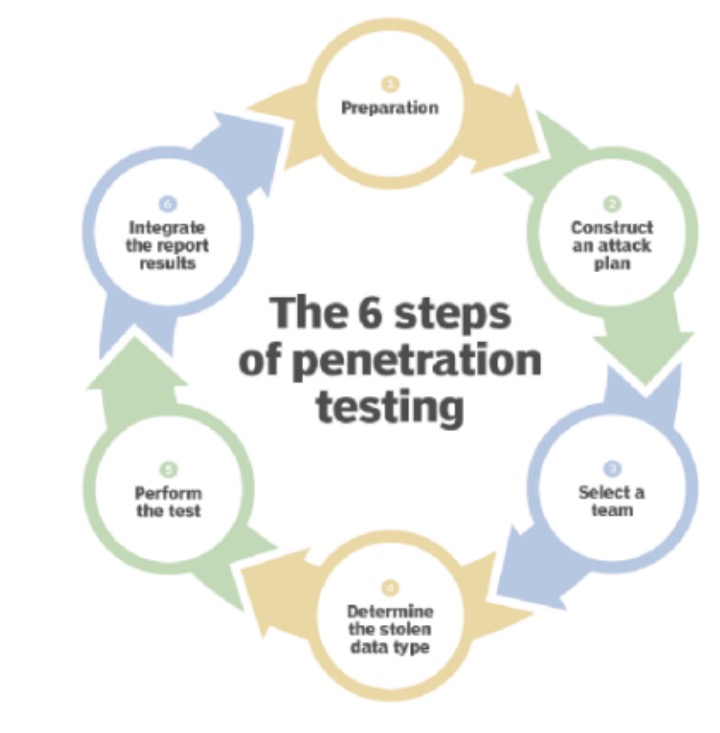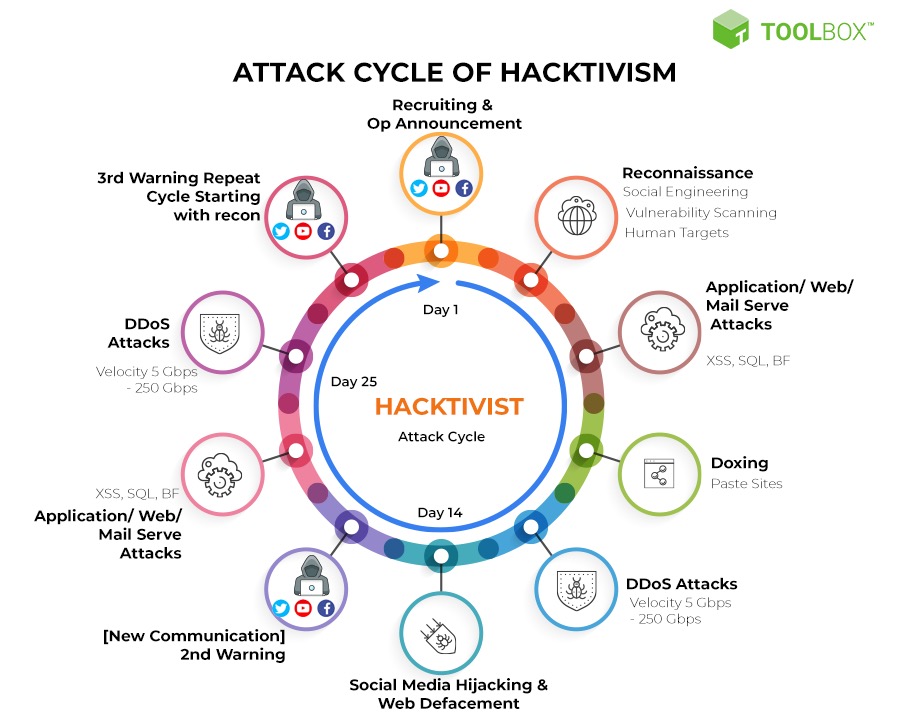These early pioneers were passionate about exploring the unexplored realms of computers, pushing the envelope, and discovering what was possible. These pioneering hackers were distinguished by their attitude of cooperation. They came together as a group, drawn together by a love of Hacker culture, which sprang from the merger of intellectual curiosity, counter-culture, and a desire to understand and exploit evolving technology, has had a significant impact on the digital era. This culture, which is occasionally understood incorrectly, brings together a diverse group of individuals who are all interested about diving deeply into technology. This essay will discuss the origins, evolution, ethical concerns, and typical detractors of hacker culture. In the early days of computers, a distinct subculture emerged that was distinguished by intellectual curiosity and a genuine need for knowledge. This subculture, known as “hacker culture,” did not develop out of malice, but rather out of a genuine desire to understand and manage the rapidly developing technology (Dicks et al., 2005).
They valued free communication and information sharing rather than viewing it as something to be kept secret. This idea served as the foundation for the broad digital universe that individuals now inhabit. This cooperative environment fostered innovation. It made it feasible to swiftly share ideas, test out novel concepts, and advance current technologies. As a result, the early years of hacker culture were marked by comradery and a shared search for knowledge. Fundamentally, the roots of hacker culture were firmly planted in a genuine love of learning and a deep respect for the power of collective intellect. At that time, technology was seen more as a medium for creative expression and intellectual inquiry than as a tool for exploitation. This mentality still has an impact on how businesses see technology and innovation in the digital age.
Penetration testing, often known as ethical hacking, is a key component of contemporary cybersecurity initiatives (Spinellis & Gousios, 2012). In order to find vulnerabilities, it comprises the purposeful and authorised probing of digital systems, applications, and networks. Armed with in-depth understanding of computer systems, these ethical hackers use their expertise to find possible gaps in security protocols. Their work acts as a crucial line of defence in a time when cyber dangers are a serious concern. Ethical hackers protect digital infrastructures by spotting flaws before criminal actors may take advantage of them. Their work is essential in strengthening the fundamental pillars of the linked world. By doing this, they make sure that people, companies, and organisations can navigate the digital terrain with a greater sense of security and confidence.

Figure 1: Pen testing (penetration testing) ByKinza Yasar,Technical Writer , Puneet Mehta,SDG (https://www.techtarget.com/searchsecurity/definition/penetration-testing )
The importance of ethical hacking is amplified in today’s quickly changing technological environment, where cyberthreats are becoming more sophisticated. It serves as a preventative measure against possible breaches and adds a vital line of defence against a variety of online dangers. In this perspective, ethical hackers support the trust and integrity that underpin the functioning of the digital world while also enhancing the security of digital systems. They are the unsung heroes putting in hard work in the background to protect the linked world, people depend on today. The open-source movement, which is spearheaded by influential figures like Raymond (1999), represents a substantial shift in the approach used to software development. It stands as a testament to the core values of hacker culture, particularly the importance given to teamwork and the sharing of shared knowledge. By democratising knowledge and technology, this movement has significantly altered the atmosphere for creation.

Figure 2: What is Ethical Hacking? Types of Hacking and Career Potential Apr 14, 2023. JanBask Training (https://www.janbasktraining.com/blog/what-is-ethical-hacking/)
Software development used to typically adhere to a proprietary paradigm in which the source code was highly guarded and only accessible to a certain number of individuals. Contrary to this paradigm, the open-source movement defended openness, accessibility, and inclusiveness. This paradigm encourages a wide spectrum of programmers, enthusiasts, and professionals to contribute to, evaluate, and improve the source code by making it openly accessible to the general public. Wide-ranging repercussions have resulted from the democratisation of knowledge and technological access (Goode, 2015). Entry hurdles have been removed, making it possible for individuals and organisations of all sizes to use and change software to meet their own requirements. This openness has promoted an inventive and collaborative culture that goes beyond the constraints of traditional development methods. The open-source movement has also made it possible to create dependable, high-quality software solutions thanks to the pooled knowledge of the global community. Through collaborative efforts, projects develop, change, and grow; they typically surpass proprietary alternatives in terms of originality and flexibility.
The open-source movement is, in essence, a demonstration of the efficacy of community-driven cooperation in the field of technology. It illustrates the revolutionary potential of hacker culture’s principles in reshaping the digital environment while also empowering people and organisations to take control of their digital tools. Even in the face of strong opposition, these hacktivist organisations use their technological expertise and digital acumen to promote societal progress. Their acts serve as a striking example of how technology has the potential to be a powerful weapon for activism and resistance. Hacktivist movements like Anonymous have a big impact in a time when the internet sphere shapes political narratives and the public discourse in more important ways (Goode, 2015). They challenge established power structures and fight for issues they believe in by utilising their technology abilities. Their acts have the power to elevate underrepresented perspectives, bring injustices to light, and ignite fruitful dialogues on important sociopolitical problems.
Hacktivist collectives like Anonymous serve as a reminder that the digital environment is not a static place but rather a dynamic battleground where technology may be used to create lasting change (Jordan, 2015). They exhibit the transformational force that resides at the nexus of hacker culture and political activism via their deeds. Critics claim that the dualistic nature of hacker culture calls for close examination. While unquestionably advancing technology, others contend that it may also serve as a haven for cybercriminal activity (Moscow, 2017). It might be difficult to distinguish between malevolent cybercrime and ethical hacking, which is done to strengthen digital defences (Jordan, 2016). The crucial need of distinguishing between beneficial innovation and potentially detrimental exploitation within the area of hacker culture is highlighted by the necessity of walking this delicate line, which demands a deliberate analysis of purpose and impact. It is crucial to recognise the underlying duality of hacker culture in order to successfully navigate its shifting terrain. This subculture has undoubtedly contributed to technical advancement, but it is not exempt from the danger of abuse.

Figure 3: What Is Hacktivism? Meaning, Working, Types, and Examples. BY Chiradeep BasuMallick Technical Writer. (https://www.spiceworks.com/it-security/cyber-risk-management/articles/what-is-hacktivism )
Reconnaissance, which involves the identification of possible targets, is usually followed by weaponization and the distribution of exploits in the attack cycle of hack culture. The next step is exploitation, when vulnerabilities are used, then malicious malware is installed (Sauter, 2014). The attacker can keep control throughout the final phases of the attack by using command and control to exfiltrate data or accomplish the targeted goal. The need for ethical limits is becoming more and more urgent as technology develops. Here, the argument made by Himma (2007) in favour of the adoption of strong ethical frameworks assumes critical significance. These moral guidelines act as a compass, pointing people and groups involved in hacker culture in the direction of responsible participation in the digital sphere. Companies provide a framework that distinguishes between beneficial, creative practises and possibly destructive abuses by defining explicit rules and moral bounds. This promotes a culture of trust and responsibility within the community in addition to protecting the integrity of technology. The culture of hackers, which is based on curiosity and a desire for information, has greatly influenced the current state of the digital world (Himma, 2007).
This subculture has proven its capacity for progress through ethical hacking, open-source cooperation, and political hacktivism. The need to ensuring that this authority is used wisely, nevertheless, also comes with it. For the digital society to advance and improve, people must be aware of the potential for abuse, create ethical standards, and uphold them. They are able to achieve a delicate balance between innovation and sensible usage of digital technology thanks to it. By doing so, they not only honor the legacy of hacker culture but also ensure that it remains a force for positive transformation in the years to come. It is through these collective efforts that they can continue to harness the full potential of technology for the betterment of society as a whole.
References
Coleman, E. G., & Golub, A. (2008). Hacker practice: Moral genres and the cultural articulation of liberalism. Anthropological Theory, 8(3), 255-277. https://doi.org/10.1177/1463499608093814
Goode, L. (2015). Anonymous and the political ethos of hacktivism. Popular Communication, 13(1), 74-86. https://doi.org/10.1080/15405702.2014.978000
Hartley, R. D. (2015). Ethical hacking pedagogy: An analysis and overview of teaching students to hack. Journal of International Technology and Information Management, 24(4), 6. https://doi.org/10.58729/1941-6679.1055
Himanen, P. (2004). 19. The hacker ethic as the culture of the information age. The Network Society, 420. https://d1wqtxts1xzle7.cloudfront.net/8055465/20100512150452580-libre.pdf?1390854044=&response-content-disposition=inline%3B+filename%3D18
Jordan, T. (2015). Information politics: liberation and exploitation in the digital society. Pluto Press. https://library.oapen.org/handle/20.500.12657/26027
Sauter, M. (2014). The coming swarm: DDOS actions, hacktivism, and civil disobedience on the Internet (p. 208). Bloomsbury Academic. https://library.oapen.org/handle/20.500.12657/58762
Spinellis, D., & Gousios, G. (2009). Beautiful architecture: leading thinkers reveal the hidden beauty in software design. “O’Reilly Media, Inc.”. https://books.google.com.pk/books?hl=en&lr=&id=h34pwy005nYC&oi=fnd&pg=PR5&dq=Spinellis,+D.,+%26+Gousios,+G.+(2009).+Beautiful+architecture:+leading+thinkers+reveal+the+hidden+beauty+in+software+design.+%22+O%27Reilly+Media,+Inc.%22.&ots=YVpdcHkPX5&sig=1nZrqEpPmlO0AYEd8J3hsMvRPGk&redi
Swanson, E. B., & Wang, P. (2005). Knowing why and how to innovate with packaged business software. Journal of Information Technology, 20(1), 20-31. https://doi.org/10.1057/palgrave.jit.2000033